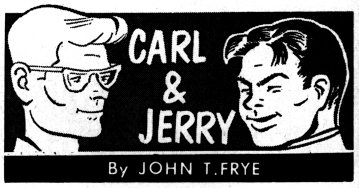skrasms
Well-known member
The student radio station where I do some engineering got this console in a donation a few years ago. It didn't come with any kind of documentation, and sat unused because no one could figure out how to hook it up. I am hoping to get it up and running if possible, but am currently stuck. I contacted the company that made it originally, but they want a lot of money before they'll give anything out. The station budget is currently zero, so that isn't possible.
It is an Arrakis 2000SC Audio Console.
Here is a picture:

And here are several hi-res pictures for detail of the insides. Be warned that they are HUGE, and for the most part blurry. The last few are pretty good for detail.
I found the power supply for it and most of the bus lights are working properly. I haven't been able to get any audio into or out of it yet. Has anyone seen/used one of these before?
Any help is greatly appreciated :grin:
It is an Arrakis 2000SC Audio Console.
Here is a picture:

And here are several hi-res pictures for detail of the insides. Be warned that they are HUGE, and for the most part blurry. The last few are pretty good for detail.
I found the power supply for it and most of the bus lights are working properly. I haven't been able to get any audio into or out of it yet. Has anyone seen/used one of these before?
Any help is greatly appreciated :grin:



